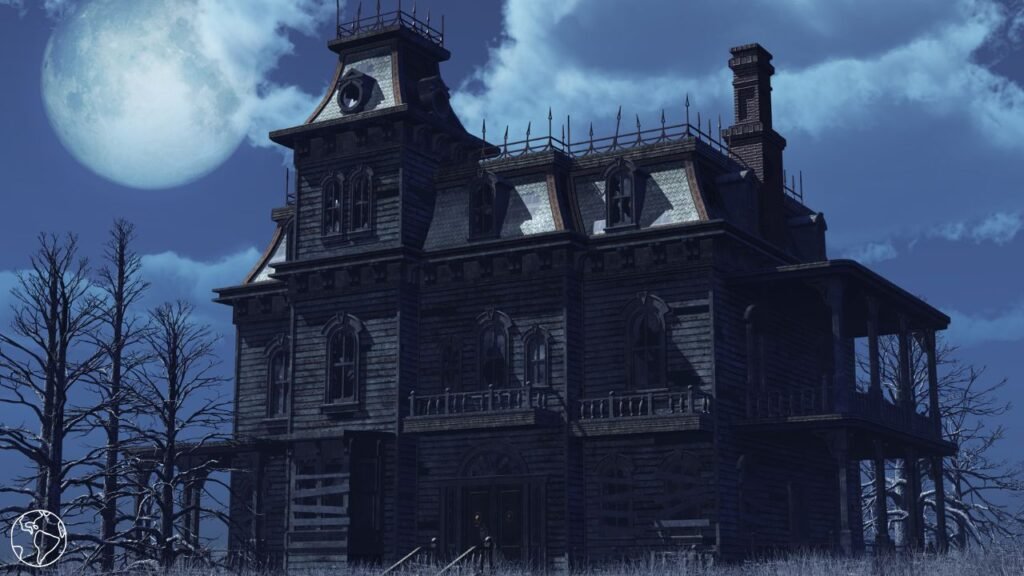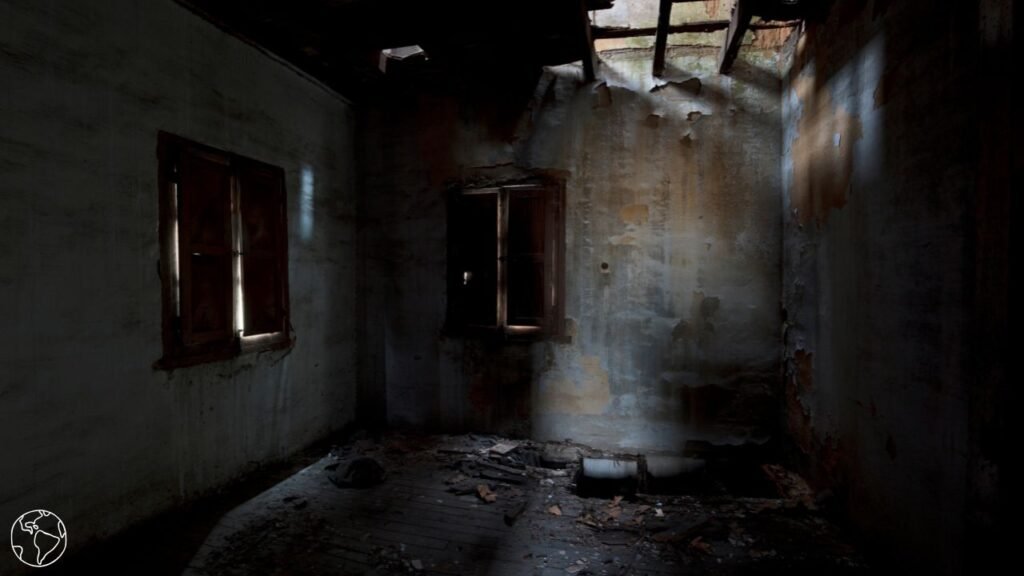You ever wonder why folks willingly go out of their way to visit haunted houses or sign up for ghost tours? Turns out, putting yourself in a scary—but ultimately safe—situation gets your adrenaline and dopamine pumping, and honestly, that’s a rush some people just can’t resist.
It’s this weird blend of excitement and security that can actually lower anxiety, toughen up your mind, and even help you bond with whoever’s brave enough to join you.
Visiting spooky destinations isn’t just about the scares. There’s a lot of history and culture baked into those ghost stories, which adds some real flavor to the whole experience.
The shared fear part? That can make you feel like you’re part of something—plus, it’s a chance to flex your “dealing with fear” muscles, which might come in handy later on.
Once you get this, fear starts to look a little different. Maybe you don’t have to run from it; maybe you can use it for growth or, heck, just for a good time.
So, fear tourism turns out to be more than just a creepy night out. It’s a full-body, full-mind adventure that’s both a little wild and surprisingly rewarding.
The Science Behind Fear Tourism

Step into spooky places like haunted houses, and your brain gets busy. There’s a cocktail of emotions, body reactions, and brain chemicals swirling around—fear, excitement, and, for some, a weird craving for more.
The Psychology of Fear and Spooky Destinations
Fear’s a powerful emotion, no doubt about it. In haunted attractions, your brain logically knows you’re safe, but your body still reacts like something’s lurking in the shadows.
Group stuff like ghost tours just crank up the intensity. There’s something about being scared together that creates a bond, and honestly, the rituals around these places can make it all feel a bit epic and meaningful.
The Neuroscience of the Thrill of Fear
Walk into a haunted house or get hit with a jump scare, and your amygdala plus hypothalamus light up. That’s your fight-or-flight system kicking in, with adrenaline flooding your body.
Your heart pounds, your senses sharpen, and then dopamine hits, which is basically your brain’s way of saying, “Hey, that was kinda fun.” This odd pairing of fear and pleasure is why some of us keep coming back for more, even if we’re squealing the whole time.
Horror Attractions as Safe Spaces for Adrenaline Rushes
Haunted houses? Pure adrenaline, zero real danger. Your body freaks out, but your mind knows it’s all a show.
This “safe scare” is weirdly comforting, especially when everything’s decked out for Halloween and spooky themes are everywhere. You get to practice managing stress, and those controlled scares can leave you feeling oddly exhilarated after the fact.
Why We Seek Out Spooky Experiences?

So what’s the deal with our obsession with fear—haunted houses, horror flicks, ghost tours, you name it? It’s not just about getting spooked. There’s a social side, a bit of emotional relief, and even some resilience-building in the mix.
Your personality and background definitely play a role in how much you dig these fear-filled moments. Some folks just crave that little jolt more than others.
Emotional and Social Benefits of Shared Scares
Get scared with friends, and your brain hands out oxytocin—the bonding hormone. That’s why haunted houses and horror movies are such group magnets.
Sharing those “yikes” moments makes fear less intimidating. Plus, it feeds into traditions and rituals that help everyone chill out a bit, knowing they’re not alone in the fright fest.
Resilience and Catharsis Through Fear
Controlled fear? It’s like a mini workout for your stress response. Your heart pounds, adrenaline spikes, but you’re never actually in danger.
Facing those feelings helps you get better at handling anxiety. For a lot of people, it’s a way to blow off steam—almost like hitting a reset button after a good scare.
Individual Differences in Enjoyment of Fear

Let’s be real, not everyone’s into this stuff. If you’re a thrill-seeker, you’re probably the first in line for the haunted maze. If not, you might be the one holding everyone’s jackets outside.
Some love the rush, others just get jittery. Research says it comes down to your own tolerance for stress and how much you enjoy that edge-of-your-seat feeling.
So, whether you’re a full-on horror fan or just tagging along for the ride, fear tourism has a strange way of bringing people together, challenging comfort zones, and leaving you with stories you’ll probably never forget. Maybe it’s not for everyone, but if you ask me, there’s something kind of magical about facing the things that go bump in the night—especially when you know you’ll make it out laughing.
Cultural Phenomena and the Rise of Haunted Attractions
In North America—especially the U.S.—haunted attractions have seen a big surge. Events like America Haunts and haunted houses really took off after the COVID-19 pandemic, as folks craved live entertainment again.
There’s also been a noticeable spike in ghost tours and spooky festivals. These attractions blend a bit of history with a dash of fear, giving you a taste of cultural storytelling.
They scratch that itch to explore scary stories—all while letting people take part in traditions that feel both familiar and a little thrilling.
Honestly, who doesn’t love a good chill down their spine now and then? Haunted attractions aren’t just about fear; they’re about connecting with others, sharing stories, and maybe even making a memory or two you’ll laugh about later.




